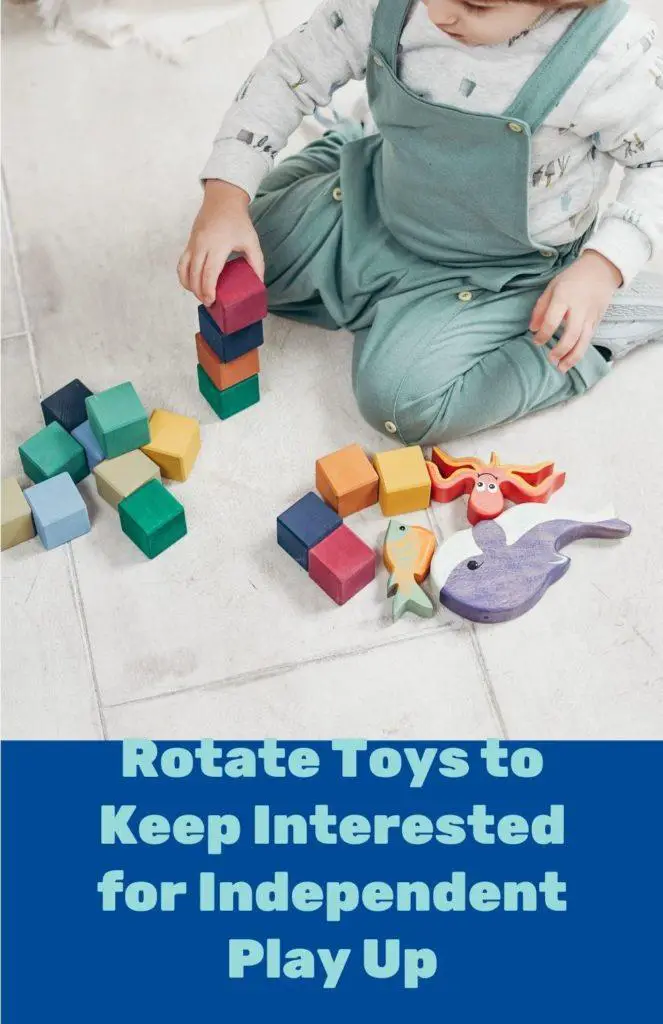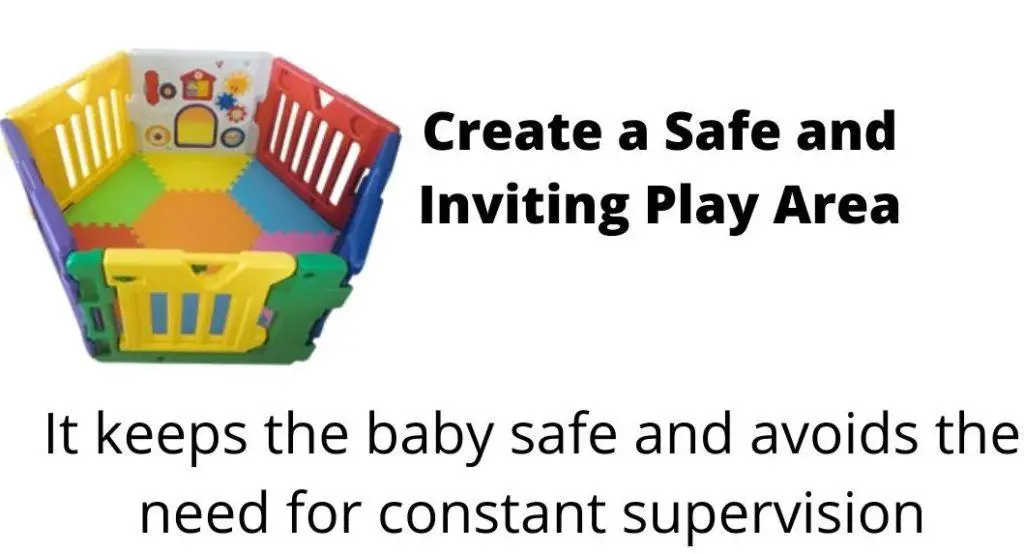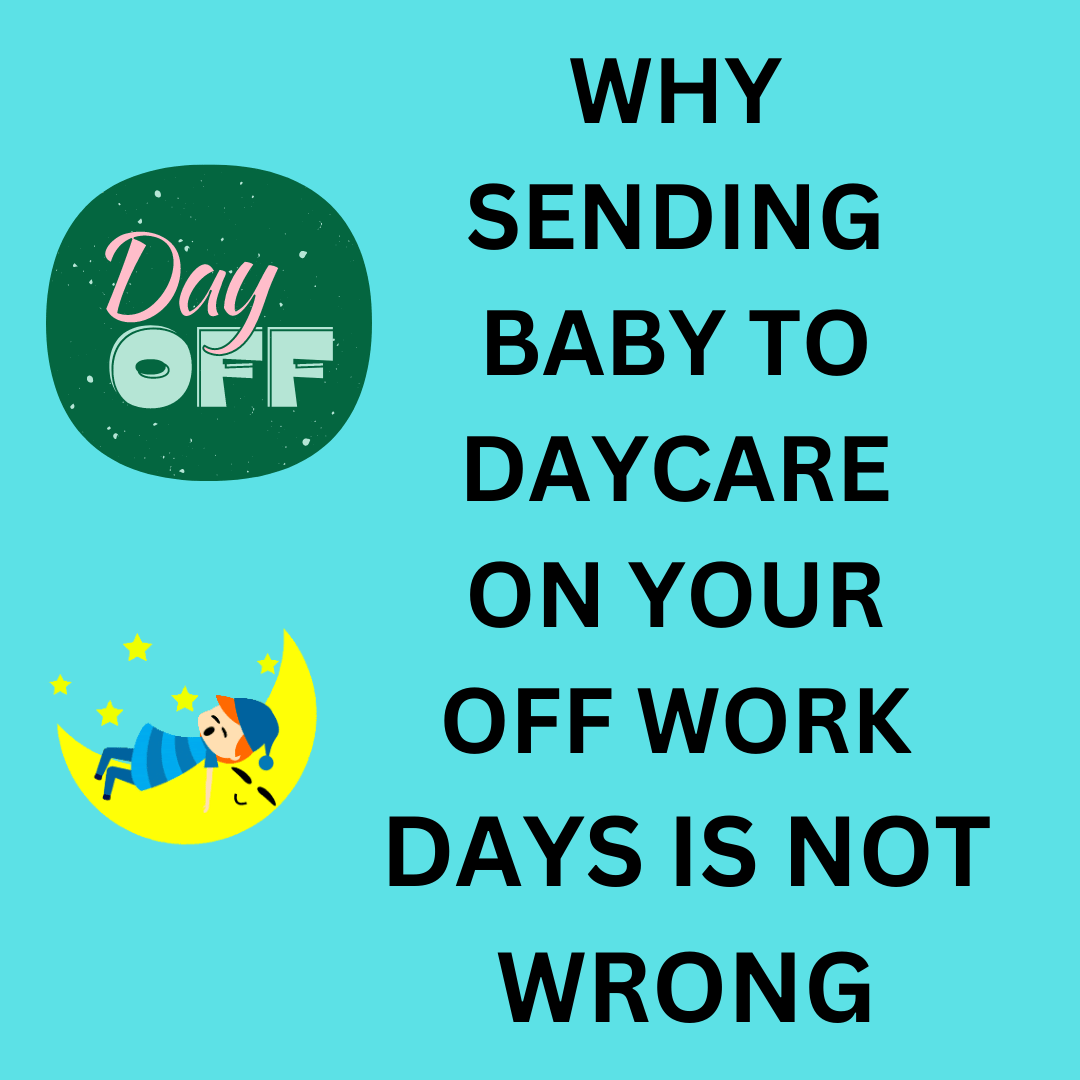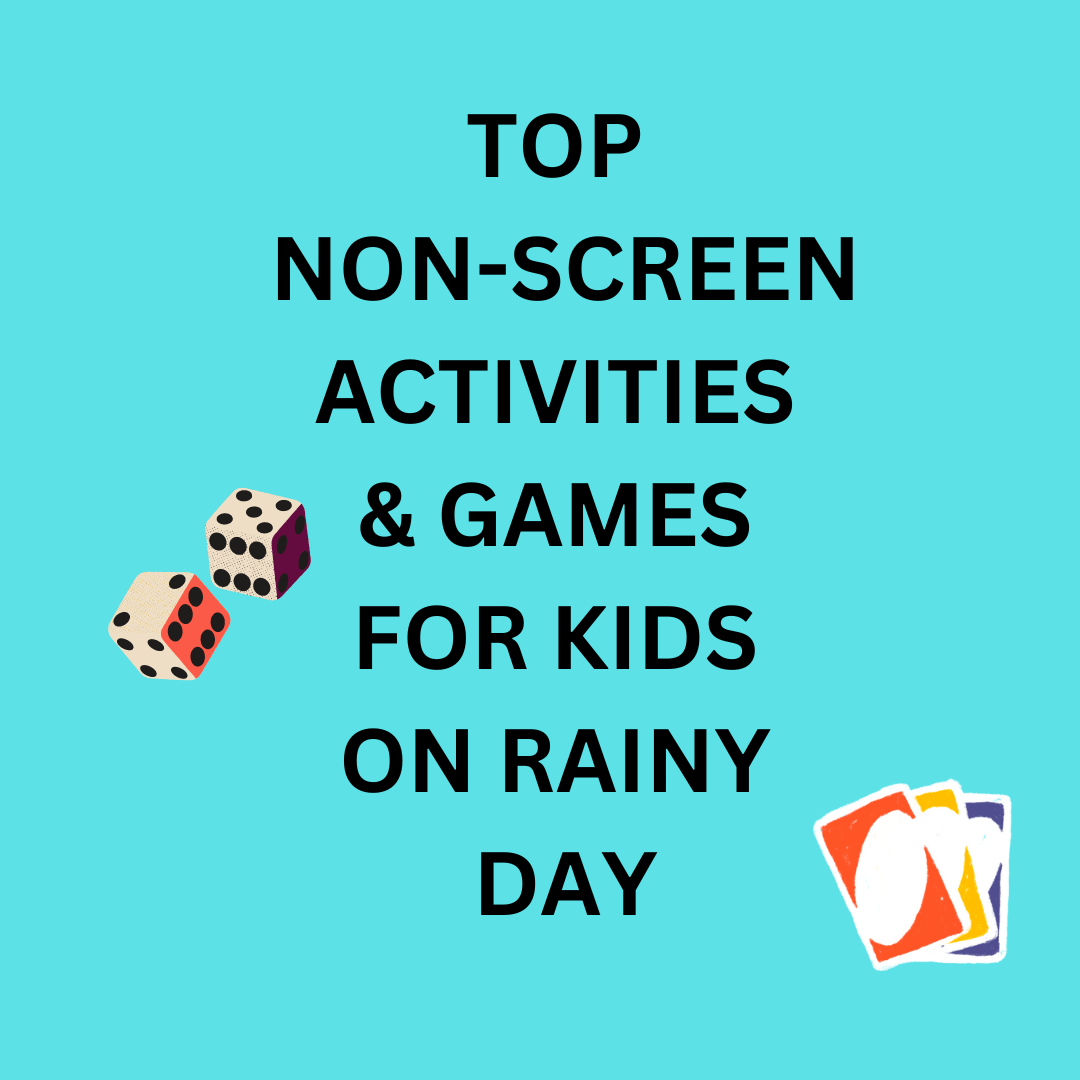Independent play is the ability of the baby to entertain themselves without the need for engagement by an adult. The baby simply keeps herself/himself busy while playing on their own for a while. It is very important for your baby’s development, gives them time and allows you time to do other things as you supervise them play.
You should start your kids on independent as young as three months as long as your baby can sit and grab stuff. You can encourage and start your baby on independent play by giving firm instruction, being a play model, letting them explore,setting up a conducive play area, giving them age appropriate toys, and planning play dates with other kids.
As your baby start, the independent play may be short and intermittent. You can encourage a longer play by rotating the toys, curating and customizing them, limiting the toys on display , creating a safe play area, allowing them independent and being moderate in introducing plays and activities.
Why is Independent Play is Important?
- Gives Baby Time Alone– It is not recommended to entertain and engage your baby all day long. They need some time alone and independent play helps them achieve this.
- Gives your Free Time– As it keep the baby occupied and entertained , it gives you time to work on other things as you watch over them. You still need to supervise them as they play.
- Growth an Development– Independent play develops your baby’s independence and other skills such as speech and motor.
When to Introduce Independent Play
While most moms prefer starting much later, the earlier the better as the independent play gets better with time. The right time to introduce a toddler to independent play can be as soon as your baby can sit up on their own or hold/grab toys. This can be as early as 3 months.
When you start to introduce independent play, go for age-appropriate toys which will depend on your baby’s age. Some toys are more appropriate for younger toddlers than older babies. Also, appropriate toys for a 1 year older may not be appropriate for a 6-month toddler. .
Don’t despair as you introduce your baby to independent play. Kids get better at solo/independent play as they get older. Most kids are not able to play independently for a long period until the age of 1.5/2 years, hence the reason you should introduce independent play as early as possible.
How to Start/ Introduce your Baby to Independent Play
1. Introduce Independent Play Early
Introduce independent play to your baby earlier than later. Babies adopts independent play better when they are introduced to it early. This is because it is easier for the babies to grow along with independent play when they start it early.
2. Give Simple but Firm Instructions
Babies won’t automatically start independent play by themselves. Put them down and be firm on letting them know they need to play alone. Instruction will help them easily start playing by themselves without them needing you to engage.
3. Be a Model
Find something for them to do along with you as you do other things such as work. It will teach them to do things on their own while you put them down to play alone. It becomes easier for your child to start doing things on their own as they watch you do things alone.
4. Let your Child Explore will Lead
Lead but let your child explore alone. Be present and attentive to his emotional needs, but resist the urge to rescue them. Don’t feel guilty because it is very important for their development. By exploring they will discover the magic of playing independently.
5. Create an Environment for Creativity
Ensure your baby has the most conducive environment for playing alone. Make the toys easily accessible to them. Ensure your baby can reach out at a toy when you free them up for independent play. For instance put toys in a box they can easily access.
Also reduce or moderate their screen time to encourage and push their creative mind. Too screen reduces their attention span and makes them lose interest in other forms of entertainment such as independent play.
6. Incorporate Age-Appropriate Toys
If you want to encourage your baby to adopt independent play , use age-appropriate toys. Not all types of toys are relevant and interesting to all ages of babies. Also some are more suited for independent play than others. Look for toys that are appropriate to your baby and just let them explore.
7. Expose your Child to Play Dates
Once in a while organize a play date and let your child play with other kids of their age. This may inspire them to love the independent play on their own and hence keep at it longer.
8. Start Moderately
When first introducing your baby to independent play at any age, start moderately. You can encourage your baby to play on their own for say 10-30 minutes each time. Once the baby is used to it, you can increase the time bit by time. With time you will find your baby can successfully play independently for as long as 2 hours.
9. Set Play Time Limits
Don’t keep the babies on independent play for too long as they start out because they will just get bored and become cranky. The activities can only keep the babies occupied for so long before they get bored so keep a time limit.

Secrets to Make your Kids Play Longer Independently
As kids start on independent play, it may be shorter and intermittent for most babies. However, it gets easier as they get used to it. Some different ways of encouraging a longer independent play for toddlers/older babies include;
1. Rotate Toys to Keep them Interested
Constantly rotate/introduce new toys from time to time. When toddlers and older babies are bored of old toys, they are unable to play for long. If kids have access to everything all the time, they just make a mess and throw toys around.
Toy rotation helps renew waning interest in toys for babies, hence keeping them playing independently for longer. If you bring back a box of old toys the baby hasn’t seen in a while, he/she will be way more interested and stay engaged for longer, even up to 2 hours.
Keep the other toys in storage and rotate them once a week or once a month. Every toy should have a designated place to avoid chaos in the house. Add new toys to the collection once in a while too.Also, get rid of broken/ duplicate purpose toys.

2. Personalize and Customize the Toy Collection
Curate and customize your baby’s toys collection as much as possible. Select, organize and look for toys that are more appealing and diverse.
Opt for toys that have a variety of play options. Items such as blocks or animal figurines can be used for a dozen different purposes hence are better options. Such toys will help babies play differently with them and hence for longer.
Also, have the type of toys that encourage open-ended play. Get rid of toys that play “for” the baby for example toys that talk, light up, etc., and have a limited function for the baby.
3. Limit the Toys on Display
Babies are unable to focus on too many toys or play options at the same time. To prolong the focus and interest in the play, limit the number of toys at any given time. Pull out about 2-4 toys at any given time.
Also, keep toys in different places, if you have the space. Divide the toys and keep them in different play areas your baby likes to play in. This way they can play in one area with some toys and with other toys in a different play area.
4. Create a Safe and Inviting Play Area
Independent play for babies needs a specific safe play area. This can be a playpen that is secluded or a play mat. The goal is to have the baby play independently without the need for constant supervision.
Also ensure the play area(s) are clean, inviting, minimalist, and livable. Adjust the playroom to be conducive for various types of independent play as these features will encourage the baby to play for longer in the pen.

5. Give the Baby Time and Independence
Give your baby time and independence to play. Give them space and let them figure out what to do. Avoid hovering around, directly engaging them in an activity, or interfering in their play. It’s however okay to “become a toy” yourself but let the baby take initiative.
Suggest to the baby to play in the playroom and let their imagination take over. This is where a safe play area without safety hazards comes in. You don’t need to worry about anything and it requires minimal supervision/intervention from your side.
6. Introduce Independent Play Moderately
When first introducing your baby to independent play at any age, start moderately. You can encourage your baby to play on their own for say 10-30 minutes each time. Once the baby is used to it, you can increase the time bit by time. With time you will find your baby can successfully play independently for as long as 2 hours.
Start adjusting the expectation when he/she is able to play by themselves for 45 minutes or an hour or longer. When you have achieved a consistency, schedule a few hours in a day for your baby’s independent play and you will notice they can play independently for longer.
Age- Appropriate Independent Play Activities for All Babies
1. Comic Books
Children of all ages love comics and hence is a nice activity during their independent play. In particular kids under the age of 1 year, may not do much reading and instead they just like watching and flipping through books.
Therefore comics are their best alternative. Get some good comics and picture books that are visually appealing and this will keep them occupied for a while.
2. Building Sets
There is a variety of building toy sets that are safe for toddlers and older babies. Look for sets that are not a safety hazards e.g tripping or swallowing. The set should not have small pieces that the babies can put in the mouth and choke on them.
3. Sorting Items/Toys
Babies love sorting and moving the toys around so this activity is appropriate if your baby can grab and move items around. It is one of the ways you can keep your baby occupied during independent play.
Put several toys on a play mart and let your baby explore them. Fill up a very small tub with items to explore – a tactile book, measuring spoon, measuring cup, tongs, etc., etc. anything safe and ordinary – and let them explore.
4. Encourage Self Play
Self play is an crucial activity for independent play for children of all ages. It means you let the baby chose what kind of play they want to engage in.
Pull out several types of toys and lay them out in the play area. Let the babies go for whatever toy they want. They will explore for themselves which toy they love best. The variety of toys available to them will keep them engaged for longer.
Related Articles
How to Create An Effective Evening Routine for Toddlers



